calsfoundation@cals.org
Bridges
At the time Arkansas became a territory, most water crossings were fords. When travelers came to a body of water such as a small river or stream, they would look for the shallowest place and cross there. Generally, these fords were adequate for the small number of early travelers in the territory. But as the population of the state slowly grew and a system of military roads was developed, it became necessary to bridge larger bodies of water to make travel faster and easier for the military and the local population. The first attempts at bridge-building in Arkansas were by private individuals. These individuals applied for a franchise to build a toll bridge, which was granted by the territorial legislature. These franchises allowed a private individual to construct a bridge on a road and charge a toll to cross for a specified number of years, generally twenty. The earliest franchise was granted in 1823 to Samuel McHenry to construct a toll bridge over White Oak Bayou in Pulaski County; although a franchise was granted by the territorial legislature, there is no evidence to suggest the bridge was ever built.
A year after Arkansas became a state, the legislature passed Act 49 of 1837, which empowered the county courts to grant franchises to private individuals to build toll bridges over any water body on a public road. A public road was defined as a road built under the authority of a county court. Although the legislature passed the responsibility of bridges on public roads to the county courts, it kept for itself the responsibility for granting bridge franchises on military and post roads. It is unknown how many bridges were built under county franchise, but at least twenty-three toll bridge franchises were granted on military and post roads by the state legislature from 1824 to 1868. Although private individuals were granted the largest number of franchises, five bridge companies were granted franchises: the Little Rock Bridge Company and the Van Buren Bridge Company in 1844; and the Belle Point Bridge and Ferry Company, Pulaski County Bridge Company, and a new Little Rock Bridge Company in 1866. Of these bridge companies, only the Little Rock Bridge Company is known to have constructed a bridge.
The first documented franchise bridge was the Washita Bridge built over the Ouachita River at Rockport (Hot Spring County). The Washita Bridge was built by the Little Rock Bridge Company in 1846. The bridge was described as “a lattice type bridge built of wood.” The description of the bridge indicates it was a covered bridge of the Town Lattice truss design. The Washita Bridge was one of the first documented covered bridges in the state; it was washed away in a flood the year after its construction.
It is unknown how many covered bridges were built in Arkansas, but references to three others have been found in historic documents: the Spadra Creek Bridge in Clarksville (Johnson County), a covered bridge on Highway 10 west of Little Rock (Pulaski County), and the Two Bayou Bridge south of Camden (Ouachita County).
From the 1820s through the 1860s, only three types of bridges were known to have been constructed in Arkansas. The first is the wooden trestle bridge, which was proposed for the majority of the individual-franchise toll bridges. The second was the wooden covered bridge, and the third was the masonry arch bridge.
By 1863, the Civil War was in full swing, and road and bridge construction in Arkansas had come to a stop. The only road work being carried out was by the Union and Confederate armies, and this was by necessity. During Reconstruction, Arkansas’s leaders saw the need to rebuild the state’s infrastructure, so as part of creating a new constitution, the laws governing the construction of roads and bridges were rewritten to clarify responsibilities. The new laws defined all roads in Arkansas, including military and post roads, as public highways, with county courts having responsibility over them. As part of this, in 1873, the county courts were given the authority to organize bridge improvement districts that could issue bounds to pay for the construction of a bridge and collect tolls to pay off the bonds. A few years later, in 1875, Act 126 defined the responsibilities and processes of bridge construction for the county courts.
Act 126 divided bridges in three classes: bridges of the first class were those over sixty feet in length; bridges of the second class were those not less than thirty feet and not more than sixty feet; and bridges of the third class were all those less than thirty feet. Bridges of the first class were to be built at the expense of the county, and their location and design were to be determined by a commission selected by the county judge. After the location and design of the bridge were adopted by the county court, bids to build the bridge would be received. Bridges of the second class were to be built by the road district overseers in the counties. When such overseers had determined the appropriate location for a bridge, they warned the local men that they would have to help build the bridge or pay a stiff fine. The county court was to pay for the lumber for the floor and banisters. If the county court determined that a bridge of the second class must be built, they were to follow the laws regarding the construction of first class bridges. Bridges of the third class were to be constructed by the overseer without expense to the county, except for lumber for the decks of bridges over ten feet in length.
Two important things came out of this legislation: county courts now had the authority to construct bridges on all public roads when necessary, and bridge construction projects were to be put up for bid. These acts coincided with the emergence of bridge salesmen across the country, who worked on behalf of the new bridge-building companies. Numerous regional and national bridge-building companies sent salesmen to Arkansas to ply their trade. These salesmen would display brochures that showed examples of bridge companies’ prefabricated metal truss bridges that could be built to suit the water crossing. The bridge companies had recently realized that highway bridges were another market in addition to the railroads that could be exploited to sell the new metal truss bridges. For the first time, counties were offered a choice of what type of bridge to build, who would build it, and at what price. Some of the bridges built in Arkansas were by companies from as far north as Wisconsin and as far east as Virginia, although the majority of the bridges were built by regional bridge companies from states such as Missouri, Illinois, and Ohio. Some examples of the companies that built bridges during this period were the Stupp Brothers Bridge and Iron Company in St. Louis, Missouri, and the King Iron Bridge and Manufacturing Company in Cleveland, Ohio. For the next fifty-one years, from 1873 to 1924, the counties contracted with the bridge-building companies to construct prefabricated bridges or bridges that the company designed specifically for their waterway. As early as 1916, these bridges were becoming obsolete because they could not handle the weight and number of automobiles crossing them.
From 1914 through 1935, many concrete arch bridges were built around the state by companies like the Luten Bridge Company. They were seen as alternatives to the willowy metal truss bridges produced in the days before automobile traffic. The rising cost of the concrete used to construct these bridges, some as large as the Broadway Bridge in Little Rock over the Arkansas River, quickly became too high, and other bridge designs were developed by the early Highway Department that were more cost effective.
In 1913, the Arkansas Highway Commission was created and, over the next ten years, became responsible for the creation of a state highway system, including the planning and design of all roads and bridges in the state. By 1919, the commission had set standards for the types of bridges constructed in the state, and in 1924, when the State Highway Department was officially created, all design matters for bridge construction and contractor selection were placed in their hands. This was very helpful for the state after the Flood of 1927. During the flood, many miles of roads were washed away, along with many of the old metal bridges. In 1927, the commission was authorized by the legislature to issue state highway bridge bonds to raise funds to construct and operate toll bridges on the state highway system. Nine huge metal truss bridges were constructed across the state at towns like Newport (Jackson County), whose bridge was over the White River, and Fulton (Miller County), whose bridge was over the Red River. These bridges were to be toll bridges until the bonds were paid off. In 1929, the legislature authorized the State Highway Department to acquire all privately owned bridges in the state, and by 1938, when the legislature declared all debt-free bridges to be toll free, the State Highway Department was in control of the design and construction of all bridges in Arkansas. This change in bridge design oversight allowed the state to standardize all bridge construction. The counties were no longer able to select from the numerous bridge builders or their designs.
This change was happening all over the country due to the federal government’s interest in the field of transportation planning and funding in 1916. These changes, along with financial factors, contributed to the decline of the old bridge-building companies that offered their own prefabricated bridges. But a new breed of bridge construction company was popping up that would take the standardized plans of the highway departments and cheaply construct the bridges. The change in control of design and the awarding of bridge construction contracts, along with the proliferation of bridge construction companies created specifically to use standard designs, hastened the coming of national bridge construction standards in 1956 with the beginnings of the interstate highway system.
From 1956 on, the federal government began to apply national standards for bridge design. This was an obvious necessity for interstate bridges, which had to be able to carry the same loads across the entire country. By the early 1960s, most bridges constructed in Arkansas were built from national bridge standards. Today, all bridges built in the United States are built from national bridge standards.
Although bridges built today are to national standards, a large number of bridges built before these standards applied still exist. About twenty bridges still stand that were built before 1913. Three of these bridges were built in the nineteenth century. The oldest bridge in the state is the Springfield-Des Arc Bridge over Cadron Creek on the Faulkner-Conway county line. The Springfield-Des Arc Bridge was built in 1874 and was in use until 1987. Another nineteenth-century bridge was the Fryer’s Ford Bridge over Point Remove Creek in Conway County. The Fryer’s Ford Bridge was built in 1890 and was still in use as a vehicular bridge until it collapsed in 2011.
For additional information:
Christ, Mark K. “Six Bridges across the Arkansas.” Pulaski County Historical Review 68 (Spring 2020): 12–18.
Historic Review: Arkansas State Highway Commission and Arkansas State Highway and Transportation Department, 1913–1992. Little Rock: Arkansas State Highway Transportation Department, 1992.
Herndon, Dallas Tabor. Centennial History of Arkansas. vol. 1. Chicago: S. J. Clarke Publishing Company, 1922.
Hume, John. “The Automobile Age in Arkansas.” 12-part series. Arkansas Highways 23–25 (Spring 1977–Winter 1979).
Robert W. Scoggin
Arkansas State Highway and Transportation Department
 Big River Crossing
Big River Crossing Black River Bridge (Historic)
Black River Bridge (Historic) Cotter Bridge
Cotter Bridge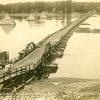 Dardanelle Pontoon Bridge
Dardanelle Pontoon Bridge DeGray Creek Bridge
DeGray Creek Bridge Garver, Neal Bryant
Garver, Neal Bryant Highway 7/51 Bridge
Highway 7/51 Bridge Junction Bridge
Junction Bridge Little Missouri River Bridge
Little Missouri River Bridge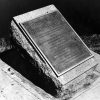 Little Rock [Geological Formation]
Little Rock [Geological Formation] Marr's Creek Bridge
Marr's Creek Bridge McNeely Creek Bridge
McNeely Creek Bridge Memphis-Arkansas Memorial Bridge
Memphis-Arkansas Memorial Bridge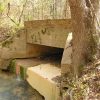 Old Benton-Sardis Road Bridge
Old Benton-Sardis Road Bridge Old River Bridge
Old River Bridge Roads and Highways
Roads and Highways Rock Island Bridge (Little Rock–North Little Rock)
Rock Island Bridge (Little Rock–North Little Rock) Shady Lake CCC Bridges
Shady Lake CCC Bridges Transportation
Transportation Wallace Bridge
Wallace Bridge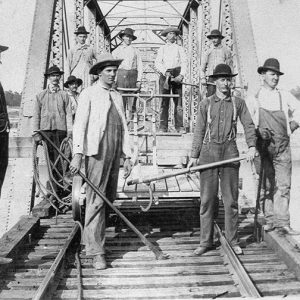 B&B Gang
B&B Gang  Baring Cross Bridge
Baring Cross Bridge 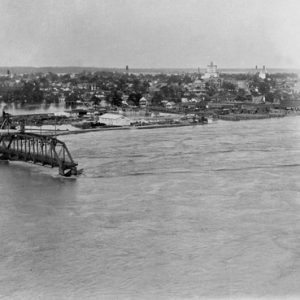 Baring Cross Bridge; 1927
Baring Cross Bridge; 1927 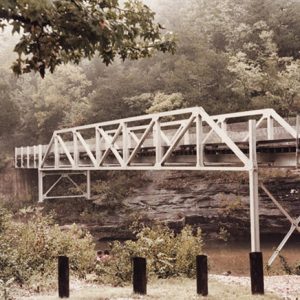 Barkshed Bridge
Barkshed Bridge 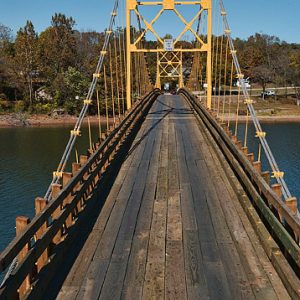 Beaver Bridge
Beaver Bridge  Black River Bridge
Black River Bridge 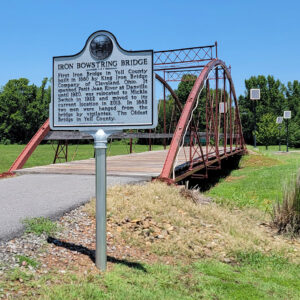 Bowstring Bridge
Bowstring Bridge 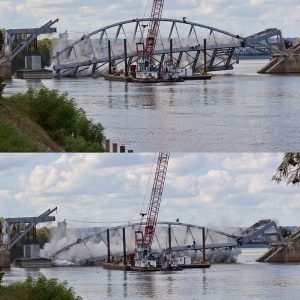 Broadway Bridge Demolition
Broadway Bridge Demolition 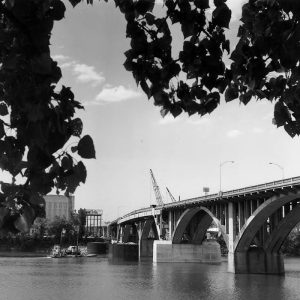 Broadway Bridge Remodel
Broadway Bridge Remodel 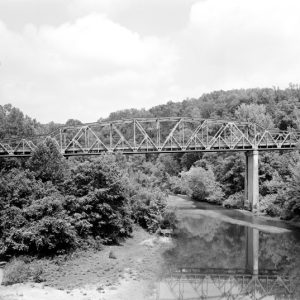 Buffalo River Bridge
Buffalo River Bridge 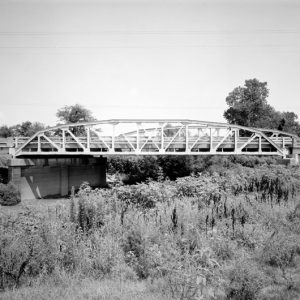 Cache River Bridge
Cache River Bridge 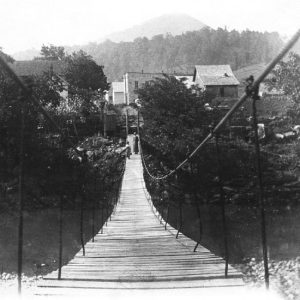 Carrollton Swinging Bridge
Carrollton Swinging Bridge  Clarendon Bridge
Clarendon Bridge  Cossatot River Bridge
Cossatot River Bridge 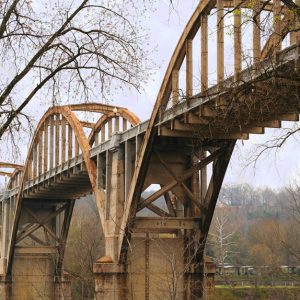 Cotter Bridge
Cotter Bridge 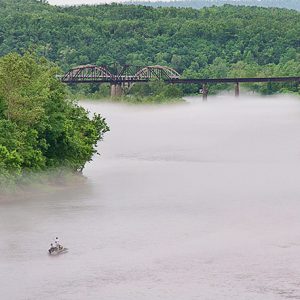 Cotter Bridge
Cotter Bridge  Des Arc Bridge
Des Arc Bridge 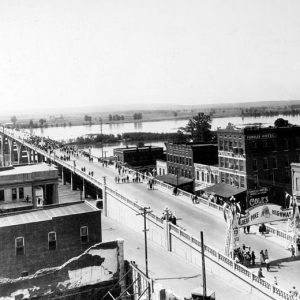 Fort Smith Free Bridge
Fort Smith Free Bridge  Free Bridge
Free Bridge 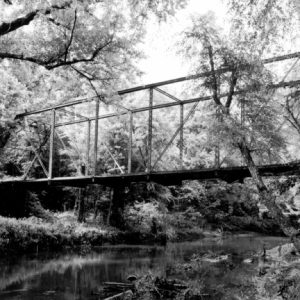 Fryers Ford Bridge
Fryers Ford Bridge 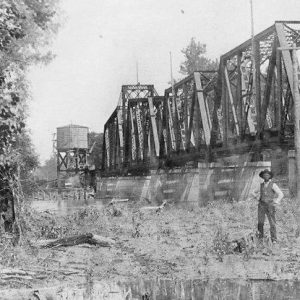 Georgetown Railroad Bridge
Georgetown Railroad Bridge 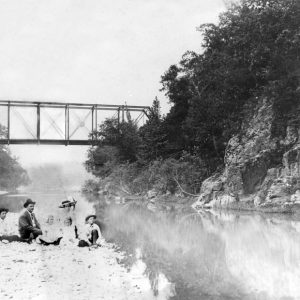 Glenwood Railroad Bridge
Glenwood Railroad Bridge 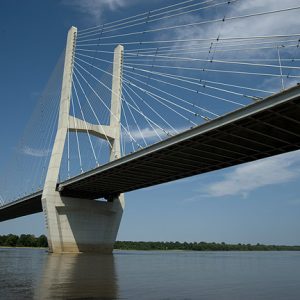 Greenville Bridge
Greenville Bridge  Helena-West Helena Bridge
Helena-West Helena Bridge  Hernando de Soto Bridge
Hernando de Soto Bridge 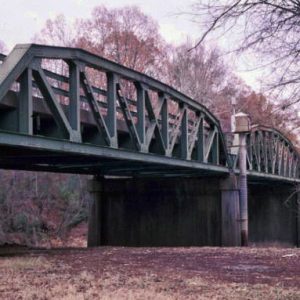 Highway 67 Bridge
Highway 67 Bridge 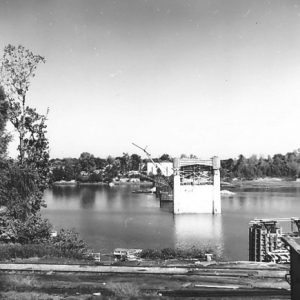 I-30 Bridge Construction
I-30 Bridge Construction 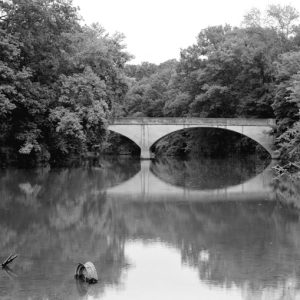 Illinois River Bridge
Illinois River Bridge 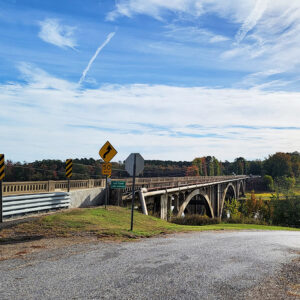 Lake Greeson Bridge
Lake Greeson Bridge 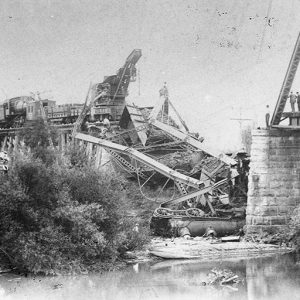 Little Missouri River Bridge Collapse
Little Missouri River Bridge Collapse 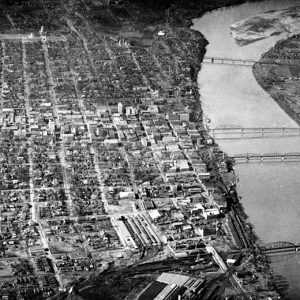 Little Rock Aerial View
Little Rock Aerial View 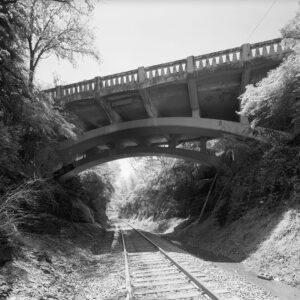 Maple Street Bridge
Maple Street Bridge 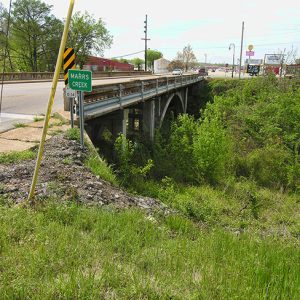 Marr's Creek Bridge
Marr's Creek Bridge 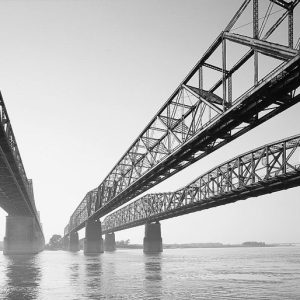 Memphis-Arkansas Memorial Bridge
Memphis-Arkansas Memorial Bridge 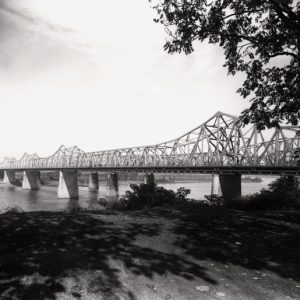 Memphis-Arkansas Memorial Bridge
Memphis-Arkansas Memorial Bridge 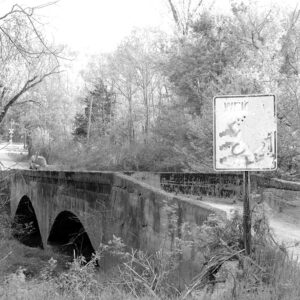 Miller Creek Bridge
Miller Creek Bridge  Mulberry River Bridge
Mulberry River Bridge  Murray Lock and Dam
Murray Lock and Dam  Narrows Bridge
Narrows Bridge 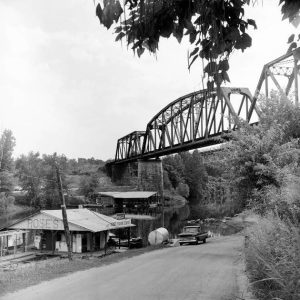 North Fork River Railroad Bridge
North Fork River Railroad Bridge 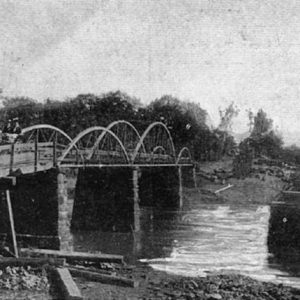 Ola Bridge
Ola Bridge  Ouachita River Bridge
Ouachita River Bridge  Ozark Bridge
Ozark Bridge  Pangburn Suspension Bridge
Pangburn Suspension Bridge 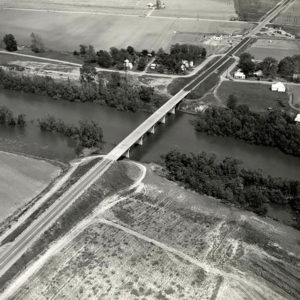 Parkin Bridge over the St. Francis
Parkin Bridge over the St. Francis 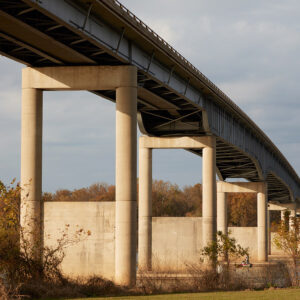 Pendleton Bridge
Pendleton Bridge 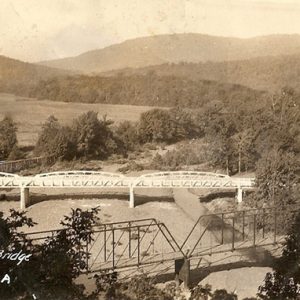 Pig Trail Bridge
Pig Trail Bridge 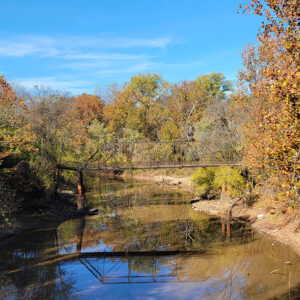 Point Remove Creek
Point Remove Creek 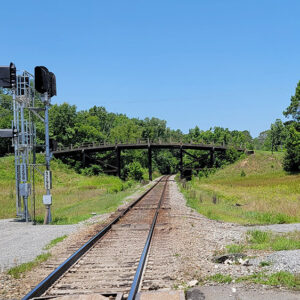 Redfield Viaduct
Redfield Viaduct 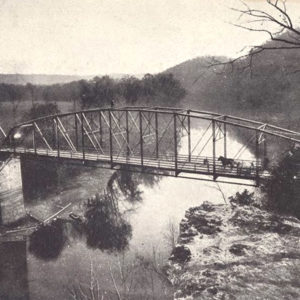 Rogers Bridge
Rogers Bridge 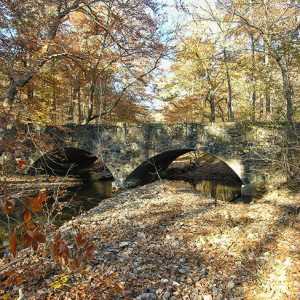 Shady Lake CCC Bridge No. 2
Shady Lake CCC Bridge No. 2 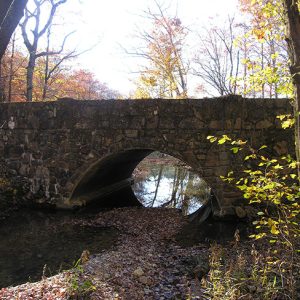 Shady Lake CCC Bridge No. 1
Shady Lake CCC Bridge No. 1  Shaw Bridge
Shaw Bridge 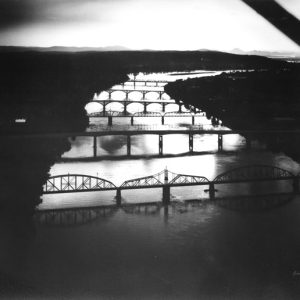 Six Bridges
Six Bridges 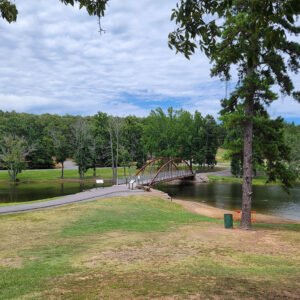 Springfield-Des Arc Bridge
Springfield-Des Arc Bridge  Springfield-Des Arc Bridge
Springfield-Des Arc Bridge 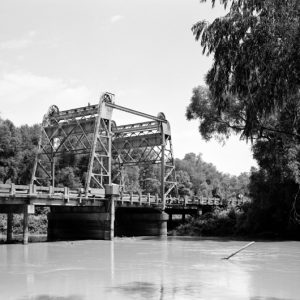 St. Francis River Bridge
St. Francis River Bridge 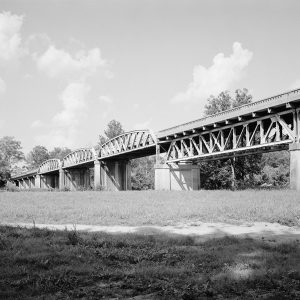 St. LouisSan Francisco Bridge
St. LouisSan Francisco Bridge 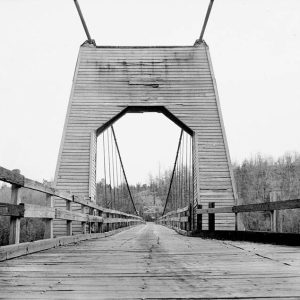 Tumbling Shoals Suspension Bridge
Tumbling Shoals Suspension Bridge 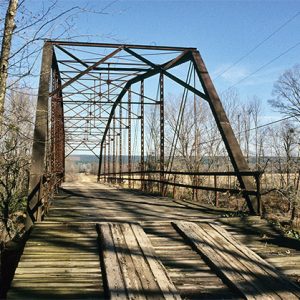 Wallace Bridge
Wallace Bridge 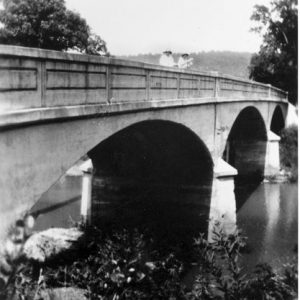 White River Bridge at Elkins
White River Bridge at Elkins 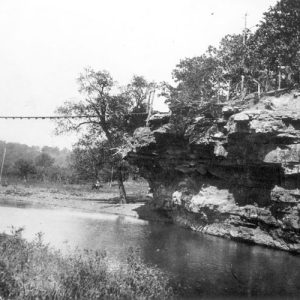 White River Bridge at West Fork
White River Bridge at West Fork  Winkley Bridge
Winkley Bridge 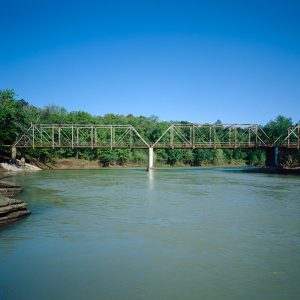 Wire Ford Bridge
Wire Ford Bridge 




Comments
No comments on this entry yet.